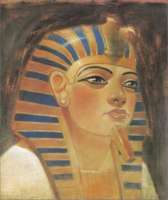
It’s 1915 and British troops are about to sail to Gallipoli. Billy is the youngest soldier in his platoon and is teased for not being old enough to drink or shave. The truth is, at fifteen he’s not old enough to be a soldier, either, and he’s terrified of the war he’s about to fight. Then he meets Captain, a refugee boy, and his donkey, Hey-ho. Together they teach Billy what it means to be brave, loyal, and fearless, and above all what it means to be a friend. Sam Angus pulls at heartstrings in this stirring wartime friendship story.



